Master Potter Graham Taylor will share a lifetime's knowledge of Ancient Pottery Technology
You will understand the making of this iconic pottery as never before.
Why you should learn with us.

Six Video Tutorials
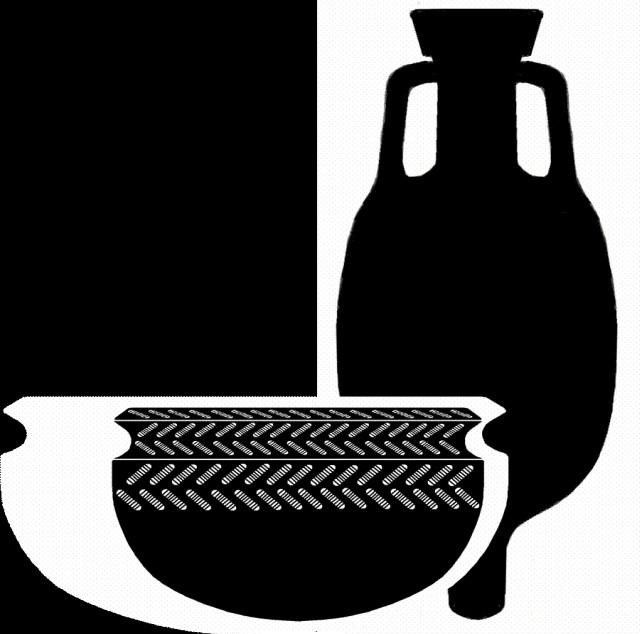
New Content Every Month
It's MUCH more than just Samian ware! This is just the starting point, from here we will explore other methods of Roman pottery production. You will get a 6 months subscription during which time 6 more tutorial videos will be added. Your virtual apprenticeship starts here.
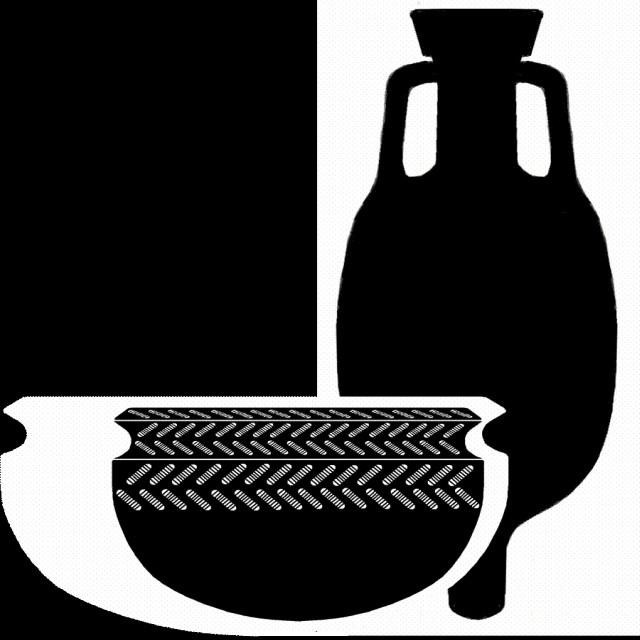
A Treasury Of Tools
You will get to discover the true artists within the production process, when you see the skills of the punch makers. The remarkable talent of these artists will be revealed and the role they played within Samian Ware factories. Creating the stamps that decorated the moulds that made the pots. They made it possible to ship highly decorative pottery across the entire empire and beyond.
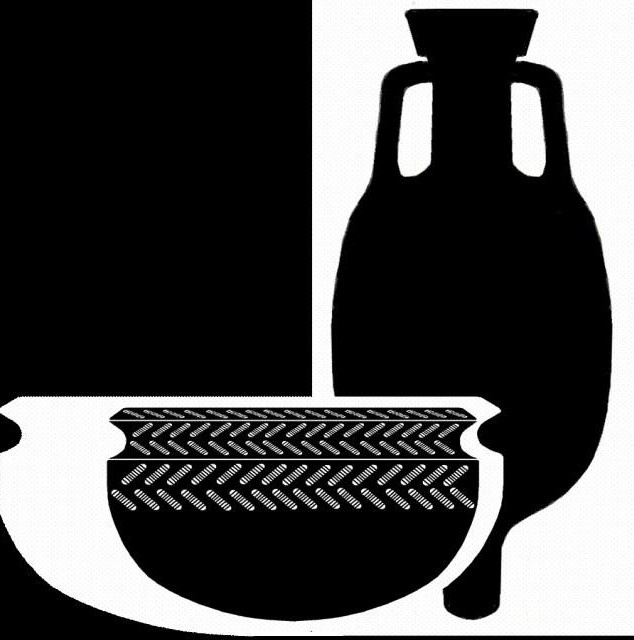
Myth Busting
Graham will dispel some of the longstanding myths surrounding Terra Sigillata, such as the notion that it's "high status pottery". The wonderful thing is, that the truth about the mass production factories in Gaul is more amazing than the myths.

All Our Secrets
We'll show you all our secrets! All of the knowledge we have gained from years of research, experimentation, trial and error. We will show you how moulds and wheels could be used in combination to such effect, and the magic properties of the slip that gave Samian ware its special place in ceramic history. You too can be an expert!
Key benefits from this course
One of the reasons that I decided to embark on these courses, was the lack of information on the technology behind ancient pottery making. At best it was over simplistic and at worst just plain wrong. This course will give you a deep insight into the methods, techniques, tools and materials that went into the creation of this iconic pottery. Watch the videos and go back and watch them again, there's a lot of information in there.
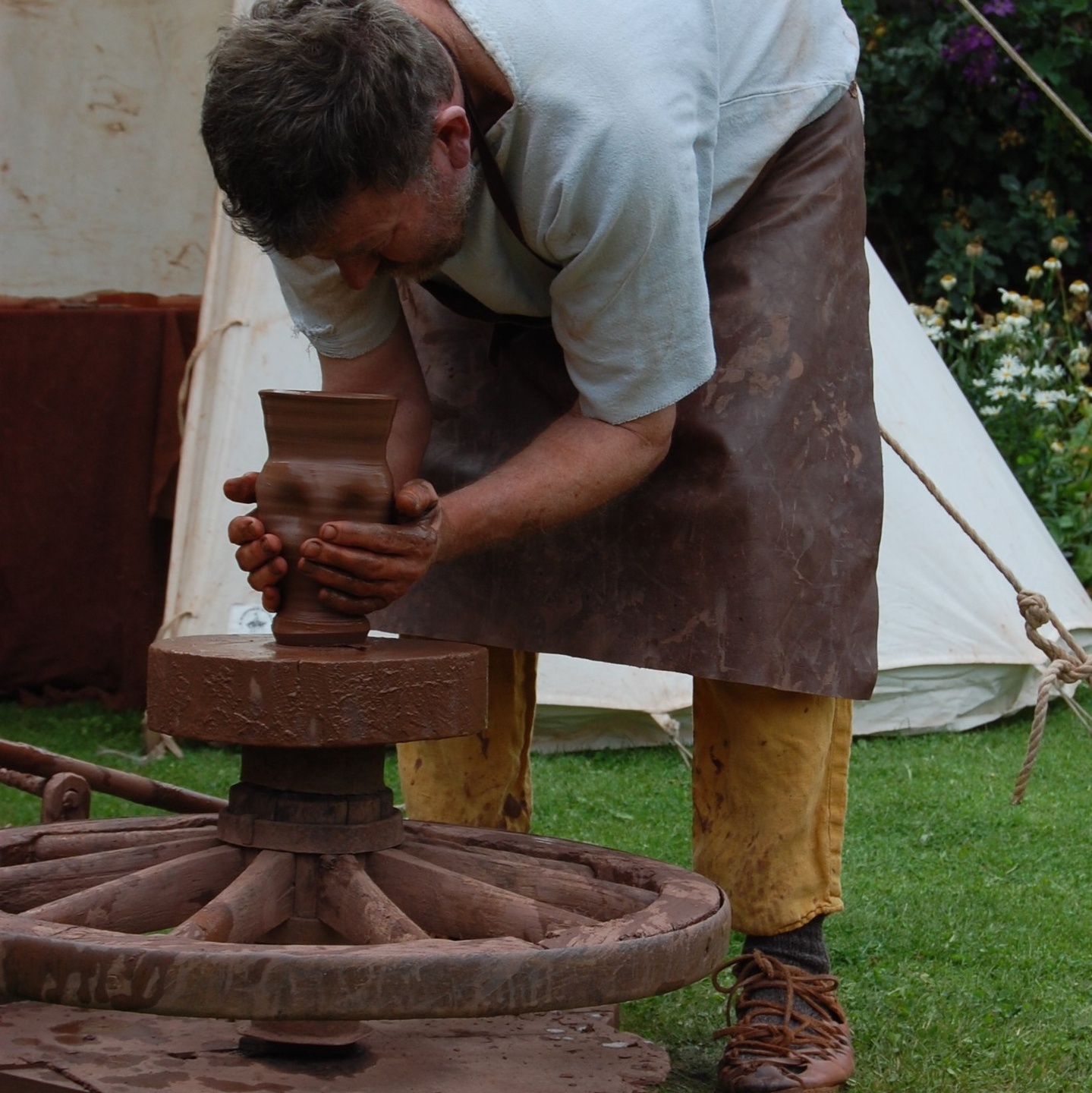
"Less than I'd spend on a day trip to a Roman Fort"
A Few Words From Graham
I'll be honest and say, I've been finding it a little bit difficult to know exactly what I should call this online resource that we have created: workshops, courses, masterclasses, lectures, demonstrations? Because it's a little bit of all of these things. It's not interactive in the sense that you will not be asked to complete any assignments, but there is enough information here for you to be able, should you have the facilities and/or the inclination, to have ago at some of the techniques covered and you can ask me questions. From Clay to Kiln, I'll bring you into my workshop, open my toolbox and share a lifetime's knowledge. We are starting with this series of six videos on that most iconic of Roman Pottery, Samian Ware. These are already uploaded and will remain available to you for your entire subscription. I will draw upon my years of experience to show you the techniques of Roman Samian Pottery making. You will see the hand tools, wheels and moulds used to create this iconic pottery. From time to time, as we produce new replicas in our workshops, or run experimental projects, more material will be added to this course. You will also have the opportunity to ask questions which I will answer in monthly updates, adding to the course as I do so. When we add new Masterclasses you will be given priority notification and also get the opportunity to add to your library at a preferential rate.
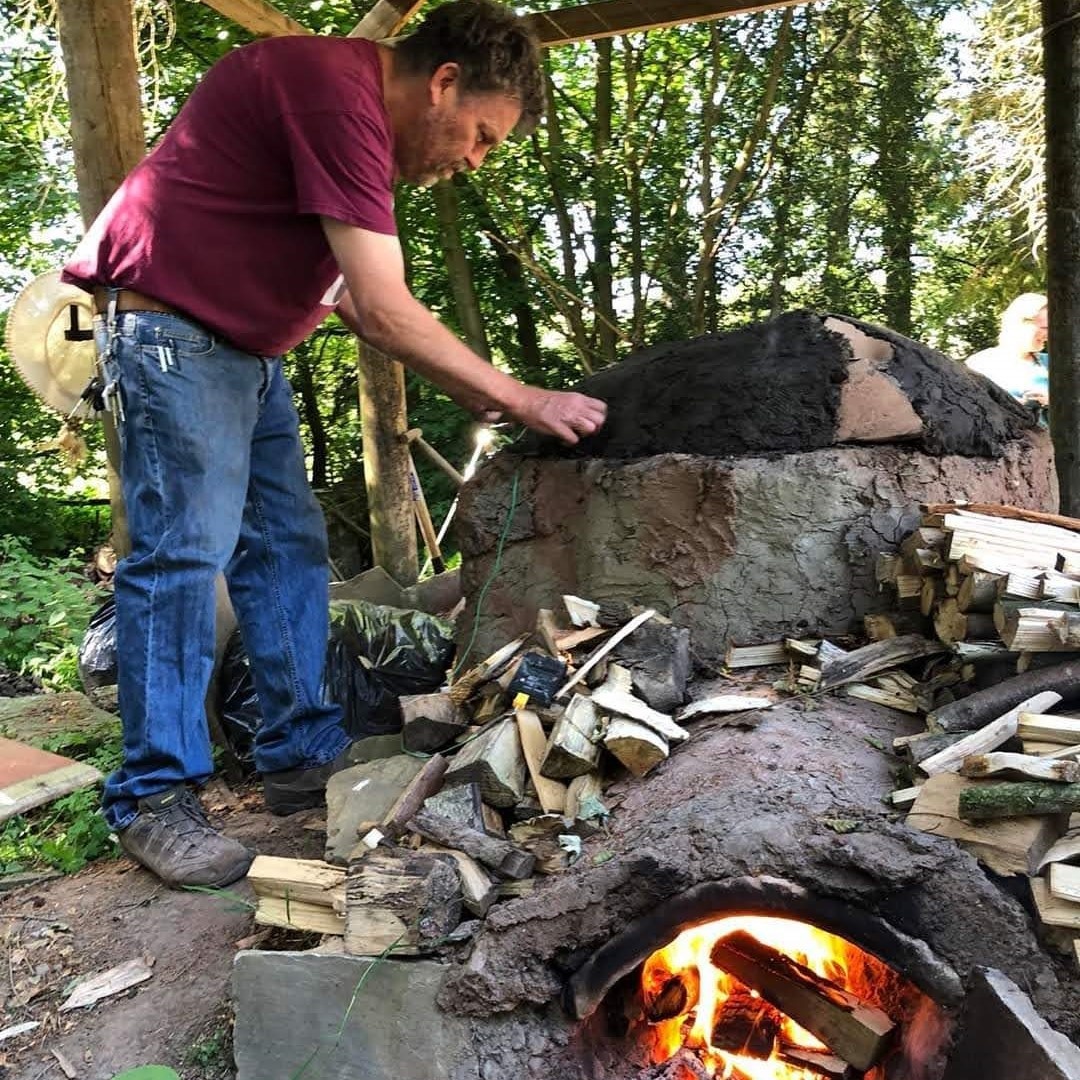
Expand your understanding whilst learning from the experts
Sherry Kirk, potter at Sihefire Arts
"I really appreciate and value the teaching you guys are sharing! I spend a lot of time looking at pictures in books and pieces in museums trying to figure out 'how they did that' and to have Graham explain and demonstrate so clearly is wonderful!"

